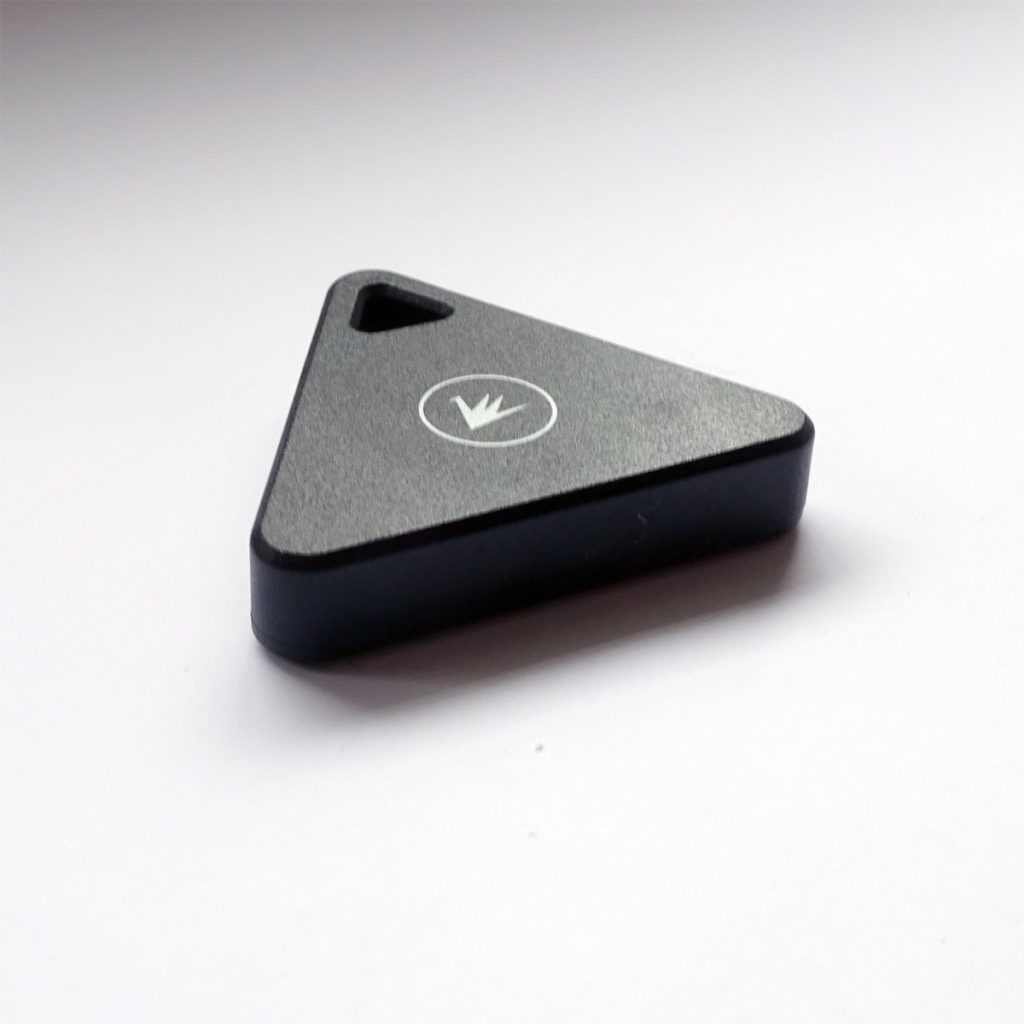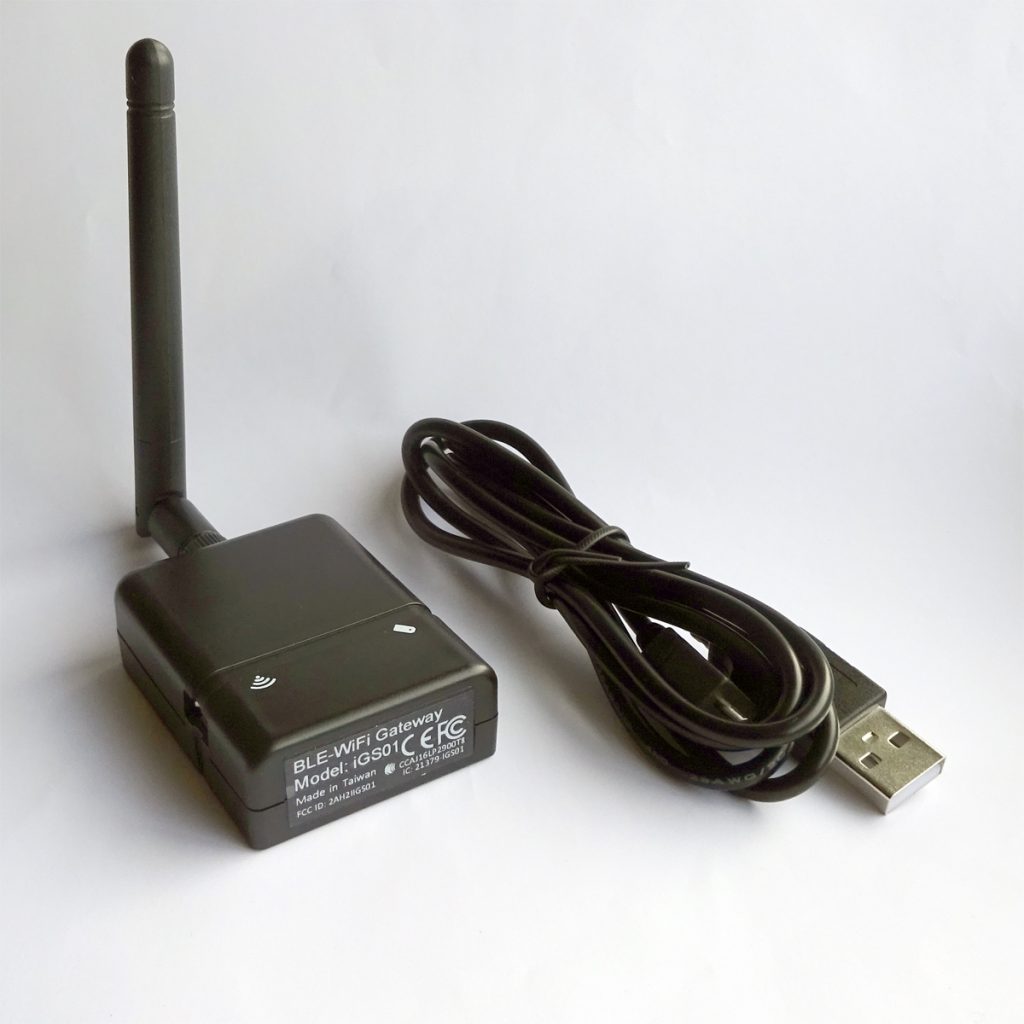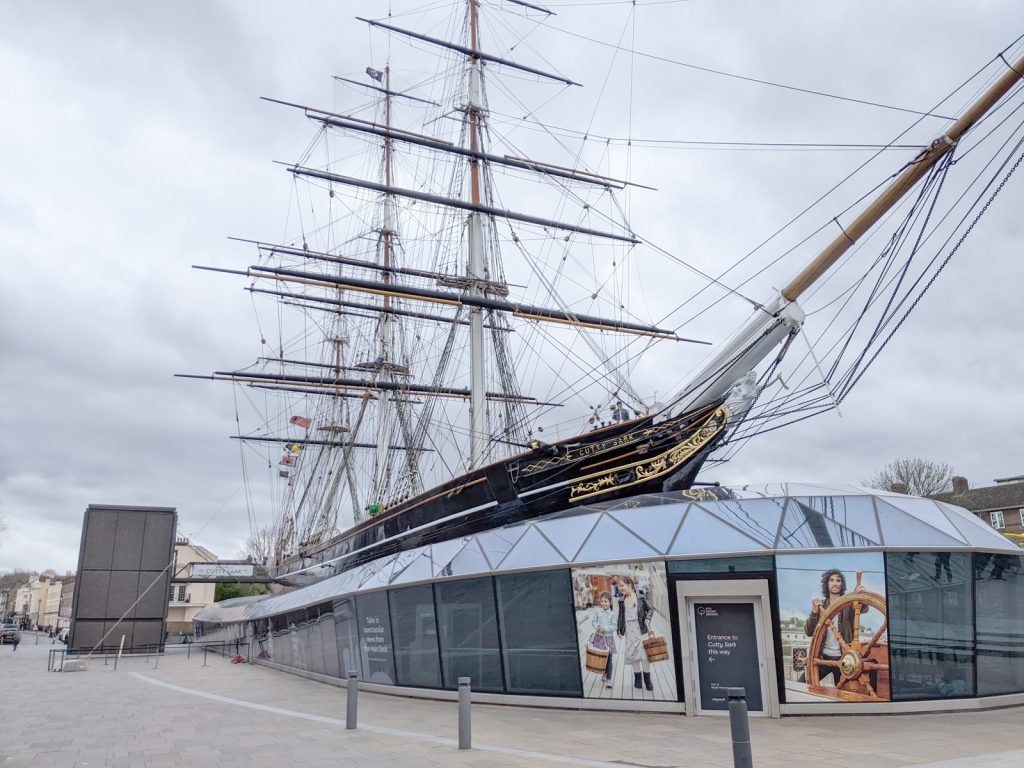We are seeing beacons increasingly being used in immersive experiences in theatre productions, events, museums, galleries, theme parks and with augmented reality (AR). Beacons provide physical location cues for tech-driven immersive experiences.
Beacons have a variety of uses in immersive experiences. They cause things to happen based on the location of a person or things or their mutual proximity. They provide a way of counting how many people or things are in an area. Some beacons have buttons that allow for human interaction. There are also sensor beacons that expand what’s possible through the detection of temperature, light, proximity, physical open/closed, movement and fall detection. Beacons replace what might usually have been done manually thus saving costs, sometimes implementing scenarios that are impractical to do manually. While the emphasis is usually all about maximising the experience, beacons also allow the collection of data so that it’s possible to learn from current or past installations.
Beacons are small, battery powered devices that can last months to years without changing the battery. They are detected by smartphones, gateways or single board computers such as Raspberry Pi.


We have immersive experience clients such as dreamthinkspeak, Playlines, Punchdrunk, Sophie Jump using our beacons. We also provide consultancy an example of which is Royal Museums Greenwich’s AR immersive experience for which we have a case study.
Beacons help make immersive experiences more physical and magical.

